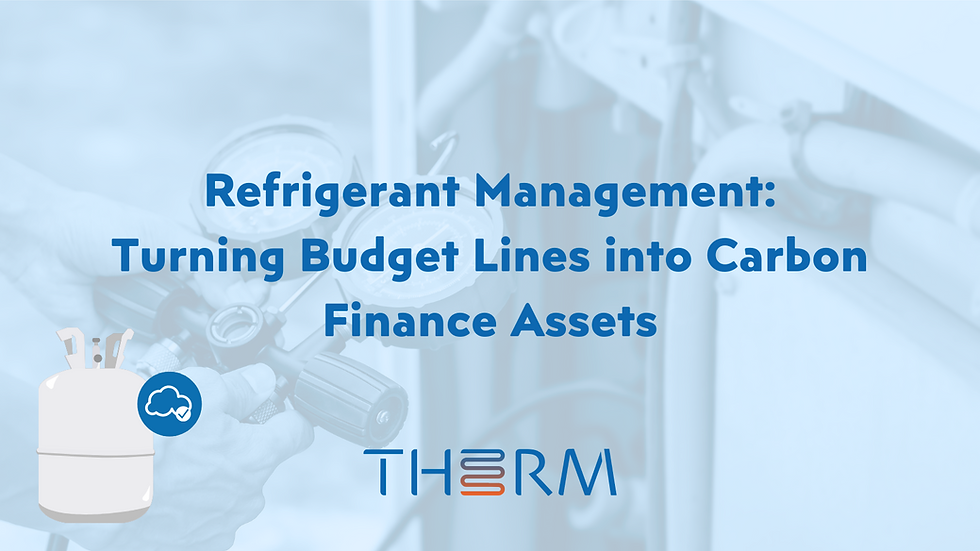Understanding ODS Phase-Out: History, Impact, and Current Challenges
- Justin Laka
- Mar 18, 2024
- 2 min read
Updated: Aug 1, 2024
Understanding Ozone-Depleting Substances (ODS)
Ozone-depleting substances (ODS) have profoundly impacted the history of refrigeration and air conditioning technologies. Initially embraced for their effective cooling properties, these substances have exacted a toll on the Earth's ozone layer, prompting global regulatory measures to phase them out.
Early Adoption and Environmental Impact
In the mid-20th century, chlorofluorocarbons (CFCs) and later hydrochlorofluorocarbons (HCFCs) gained prominence as refrigerants due to their stability and non-toxic nature. However, their release into the atmosphere was found to significantly deplete the ozone layer. This depletion allows harmful ultraviolet (UV) radiation to penetrate the Earth's surface, posing risks to human health and ecosystems.
Regulatory Response: ODS Phase-Out
In response to mounting scientific evidence, the international community took decisive action. The Montreal Protocol, enacted in 1987 and subsequently strengthened, aimed to phase out the production and consumption of ozone-depleting substances worldwide. Key substances targeted included CFCs and HCFCs, identified as major contributors to ozone layer depletion.
Timeline of Phase-Out
1987: Signing of the Montreal Protocol, initiating global efforts to phase out ODS.
1990s: Developed countries began reducing CFC use, shifting towards alternatives like HCFCs.
2000s: Accelerated phase-out of HCFCs, promoting the adoption of hydrofluorocarbons (HFCs) and other low-global warming potential (GWP) alternatives.
2020s: Continued efforts under the Kigali Amendment to phase down HFCs, addressing their climate change impact.
Current Challenges: Tracking Down and Disposing of ODS
Despite regulatory successes, challenges persist in managing existing ODS stocks:
Illegal Trade: Ongoing smuggling and illicit trade undermine global phase-out efforts.
Legacy Equipment: Older refrigeration and air conditioning units may still contain ODS, necessitating proper decommissioning.
Safe Disposal: Ensuring safe disposal of ODS-containing equipment to prevent environmental harm and ensure regulatory compliance.
Actions for Sustainability
Efforts to track down and dispose of ODS focus on several critical strategies:
Monitoring and Enforcement: Strengthening monitoring and enforcement to combat illegal trade and use of ODS.
Education and Awareness: Educating stakeholders on the risks of ODS and promoting responsible handling and disposal practices.
Technological Innovation: Developing advanced technologies for safe ODS disposal and recovering refrigerants for reuse or destruction.
Continuing the ODS Phase Out
The phase-out of ozone-depleting substances marks a significant milestone in global environmental governance, showcasing the effectiveness of international cooperation in addressing ozone layer depletion. Continued vigilance and action are crucial to safely track down, remove from circulation, and destroy remaining ODS, safeguarding the ozone layer and advancing sustainable practices in refrigeration and air conditioning technologies.




